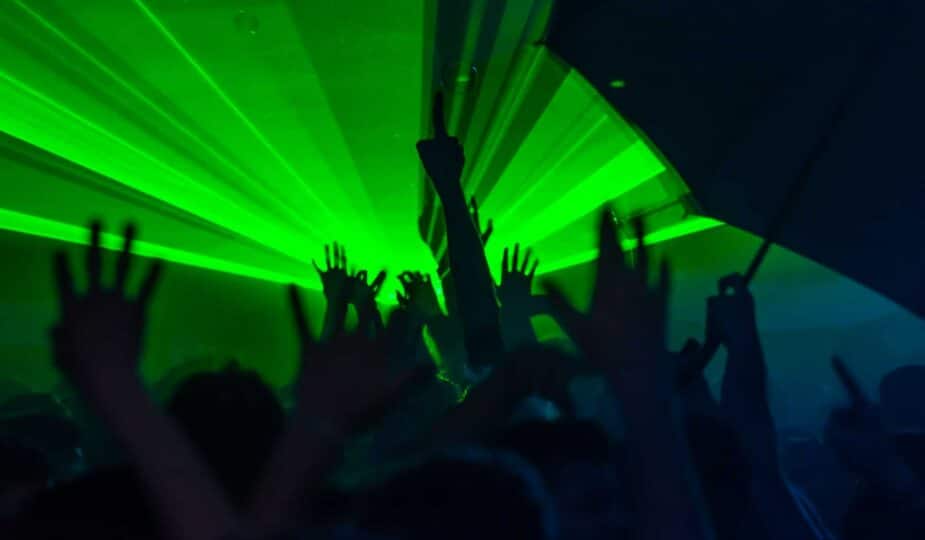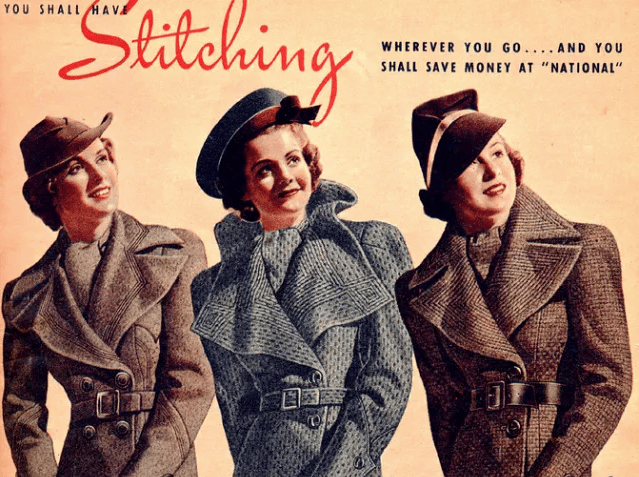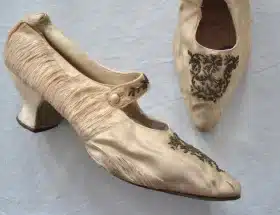The thumping bass, flashing lights, and constant beat. The 90s were the peak of rave culture and a fascinating time for any fashion student.
90s rave fashion is just as much a part of the rave culture as the music. But today, a lot of it is misunderstood.
What's 90s rave fashion all about? Whether you're looking to go back in time and reminisce or looking for inspiration for your next outfit, this guide is what you need.
A History of Raves
The term "rave" describes an event where people gather to dance together, usually at night. The rave culture started in the late 1980s with DJs playing electronic music with keyboard-operated synthesizers and drum machines.
Raves started in England and were initially called acid house parties. They were not associated with any illegal activity until 1986, when they became more popular and attracted lots of police attention.
The word "rave" comes from "rave-up," a British slang phrase meaning to make an effort. When people talk about raves, they usually refer to large-scale dance parties in warehouses or open fields.
Raves are primarily associated with electronic music, specifically house music and drum and bass. During this period, Rave culture was also influenced by the emergence of psychedelic drugs like LSD, ecstasy, and ketamine.
Early rave culture was associated with illegal parties held by groups who were not always aware of the health risks involved. However, rave culture has evolved into a more mainstream form of entertainment that now includes legal events held indoors or outdoors by professional promoters
Raves have evolved into a diverse global phenomenon that includes many styles of electronic dance music in addition to traditional forms such as techno, house, drum and bass, breakbeat, hip-hop techno, trance music, and beyond
90s Rave Culture and Fashion
90s rave fashion goes hand in hand with rave culture. Raves are all about dancing and having a good time, and the colorful, flashy fashion reflects that.
The fashion of ravers is very distinct, characterized by bright colors, Kandi bracelets, face and body paint, and baggy clothes.
One of the critical parts of rave culture is the phrase PLUR. This stands for "peace, love, unity, and respect." Being kind, helpful, and respectful of people of all races, gender expressions, and backgrounds was a defining tenet of rave culture.
Essential 90's Rave Fashion Clothing Pieces
If you're looking to recreate a 90s rave outfit or just learn more about this exciting time, there are a few key outfit pieces to keep in mind. Let's take a closer look:
1. Wide Leg Pants
One of the most iconic pieces of rave gear is the wide-leg pants. They were popular because they allowed for more movement and comfort.
Big baggy pants also hide your true dancing abilities. For styles of rave dancing such as shuffling, baggy pants helped to create a "floating" illusion.
2. Rave Visors
A rave visor is a hat with a clear plastic visor that was popular in the 1990s. Ravers wore the hats at parties and raves to protect their eyes from the bright lights.
The popularity of these hats started to decline after 2000 as more people started wearing other styles, such as bucket hats and baseball caps.
3. T-Shirts
One of the most ubiquitous symbols of 90s rave fashion is the smiley face shirt. This was a symbol of the acid house music that kickstarted rave culture in the 1980s and can still be seen around today.
4. Shoes
A raver's shoe selection largely depended on the style of music and dancing they preferred. For intense dance styles such as shuffling and drum and bass, track shoes from brands such as Adidas and Puma were popular.
Wild shoes and boots were popular for ravers who were more about fashion than busting moves. Painted Doc Martens and platform shoes in neon colors could be seen left and right.
90s Rave Accessories
Rave accessories are just as necessary as the clothes themselves. Accessories are a way to project your individuality and personality and serve a practical purpose.
1. Sunglasses
Sunglasses were a popular 90s rave fashion accessory, especially ones with colored or tinted lenses. Sunglasses help to minimize the brightness of stage and strobe lights. Not to mention, they gave off an air of mystique.
2. Kandi Bracelets
The most popular rave accessory is the Kandi bracelet. It is a bracelet that ravers make for themselves or get given by other ravers at raves. The bracelets are usually made of elastic bands or string with beads and charms representing certain things to the wearer, such as love or friendship.
3. Pacifiers
Pacifiers became popular because of the recreational drug ecstasy. Ecstasy makes people grind their teeth together, so using a pacifier helps ravers not ruin their teeth. Many would make Kandi necklaces to hold their pacifiers.
4. Bags and Backpacks
These were a great way to carry your money, cards, water bottles, and whatever else you would need at a rave. Small, colorful backpacks and fanny packs were popular accessories to carry to a rave.
5. Rave Glow Sticks and Lights
Rave glow sticks are usually round tubes with strings attached at both ends so they can be tied around someone's wrist, neck, or ankle. They can also be held and shaken to the beat of the music, creating exciting light shows.
Ravers would also rock accessories with LED lights. Lighted gloves, visors, and even pacifiers would pulse and flash along to the music to make a neat visual effect.
Putting Together 90s Rave Fashion Outfits
90s rave fashion was a product of the wild, anything-goes youth culture. Ravers focused on fun, comfort, and flashiness, and the clothes reflected the aesthetics of the music and culture.
If you're looking for more great reads on fashion and fashion history, check out the rest of the site. We have great articles on everything from Regency-era dress styles to post-Millenium casual fashion.


